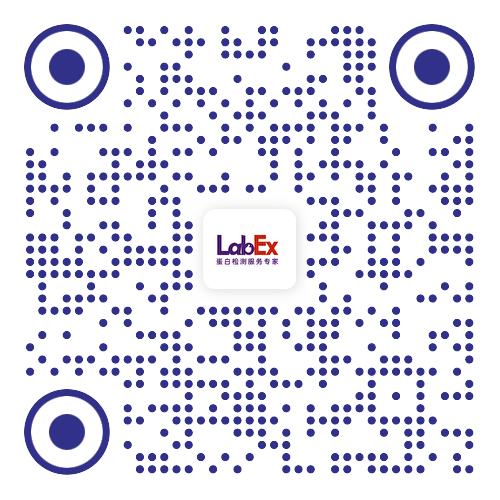SARS-CoV-2 Infection Remodels the Phenotype and Promotes Angiogenesis of Primary Human Lung Endothelial Cells
COVID-19; angiogenesis; endothelial cell dysfunction; infection; proteome.- Microorganisms
- 4.2
- 2021 Jul 3;9(7):1438.
- Human
- 抗体芯片
- 呼吸系统
- 呼吸系统
- 内皮细胞
- 新冠
- Activin A,FGF-7/KGF,PD-ECGF,ADAMTS-1,GDNF,PDGF-AA,Angiogenin,GM-CSF,PDGF-AB/PDGF-BB,Angiopoietin-1,HB-EGF,Persephin,Angiopoietin-2,HGF,CXCL4/PF4,Angiostatin/Plasminogen,IGFBP-1,PlGF,Amphiregulin,IGFBP-2,Prolactin,Artemin,IGFBP-3,Serpin B5/Maspin,Tissue Factor/Factor III,IL-1 beta,Serpin E1/PAI-1,CXCL16,CXCL8/IL-8,Serpin F1/PEDF,DPPIV/CD26,LAP (TGF-beta 1),TIMP-1,EGF,Leptin,TIMP-4,EG-VEGF,CCL2/MCP-1,Thrombospondin-1,Endoglin/CD105,CCL3/MIP-1 alpha,Thrombospondin-2,Endostatin/Collagen XVIII,MMP-8,uPA,Endothelin-1,MMP-9,Vasohibin,FGF acidic,NRG1-beta 1,VEGF,FGF basic,Pentraxin 3,VEGF-C,FGF-4
- doi: 10.3390/microorganisms9071438.
相关货号
LXAH055-1LXAH036-2
Abstract
SARS-CoV-2-associated acute respiratory distress syndrome (ARDS) and acute lung injury are life-threatening manifestations of severe viral infection. The pathogenic mechanisms that lead to respiratory complications, such as endothelialitis, intussusceptive angiogenesis, and vascular leakage remain unclear. In this study, by using an immunofluorescence assay and in situ RNA-hybridization, we demonstrate the capability of SARS-CoV-2 to infect human primary lung microvascular endothelial cells (HL-mECs) in the absence of cytopathic effects and release of infectious particles. Preliminary data point to the role of integrins in SARS-CoV-2 entry into HL-mECs in the absence of detectable ACE2 expression. Following infection, HL-mECs were found to release a plethora of pro-inflammatory and pro-angiogenic molecules, as assessed by microarray analyses. This conditioned microenvironment stimulated HL-mECs to acquire an angiogenic phenotype. Proteome analysis confirmed a remodeling of SARS-CoV-2-infected HL-mECs to inflammatory and angiogenic responses and highlighted the expression of antiviral molecules as annexin A6 and MX1. These results support the hypothesis of a direct role of SARS-CoV-2-infected HL-mECs in sustaining vascular dysfunction during the early phases of infection. The construction of virus-host interactomes will be instrumental to identify potential therapeutic targets for COVID-19 aimed to inhibit HL-mEC-sustained inflammation and angiogenesis upon SARS-CoV-2 infection.Keywords:COVID-19; angiogenesis; endothelial cell dysfunction; infection; proteome.
金课堂之文献解析 文献原文请点击
本网站销售的所有产品及服务均不得用于人类或动物之临床诊断或治疗,仅可用于工业或者科研等非医疗目的。











 沪公网安备31011502400759号
沪公网安备31011502400759号
 营业执照(三证合一)
营业执照(三证合一)


